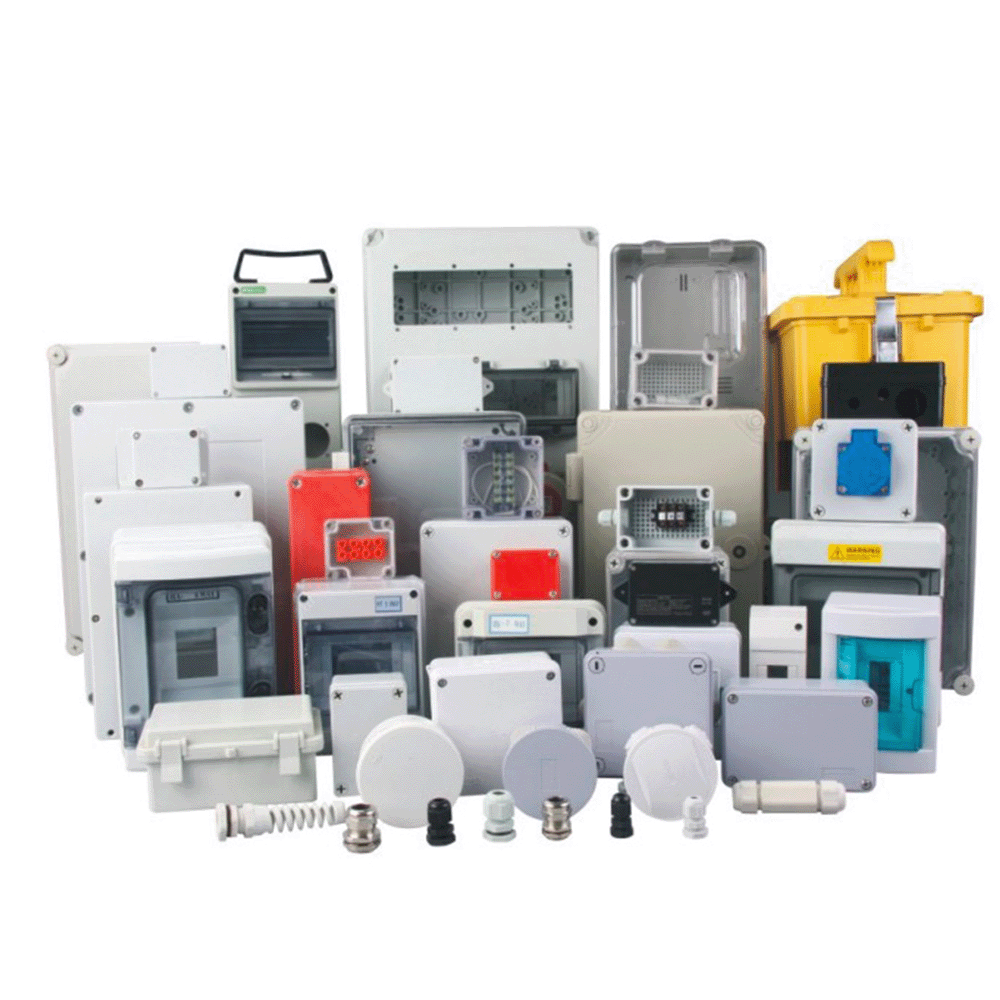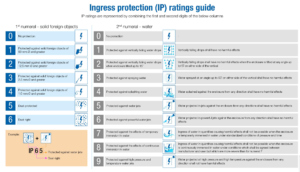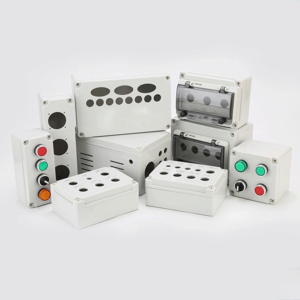In electrical installations, choosing the right plastic junction box is critical to ensuring safety, durability, and functionality. Whether you’re working on a residential, commercial, or industrial project, selecting the best junction box ensures proper wire management and protection against environmental factors. When selecting a plastic junction box for your project, there are several factors to consider:
1. Size
Determine the Number of Electronic Components : A junction box that is too small can lead to overcrowding, which may cause overheating or electrical failures. Conversely, an oversized box may take up unnecessary space.
Consider Wire Gauge and Distribution: The size of the wires you are using can also affect the size of the junction box. Thicker wires require more space, so ensure the box can comfortably fit all connections.
2.Material
Not all plastics are the same. The most common materials are:
PVC (Polyvinyl Chloride) – Affordable, durable, and resistant to chemicals.
Polycarbonate – High impact resistance, ideal for harsh conditions.
ABS (Acrylonitrile Butadiene Styrene) – Strong and lightweight, good for indoor use.
Durability: Look for junction boxes made from high-quality plastic that can withstand environmental factors. Common materials include PC and ABS, which offer good resistance to impact and chemicals.
UV Resistance: If the junction box will be used outdoors, ensure it is UV-resistant to prevent degradation from sunlight exposure.
3. Ingress Protection (IP) Rating
Water and Dust Resistance: The IP rating indicates the level of protection against dust and water. For outdoor or industrial applications, look for a higher IP rating (e.g., IP65 or above) to ensure the box is adequately sealed against moisture and debris.
- IP65 – Dust-tight and protected against water jets.
- IP66 – Can withstand heavy rain or temporary flooding.
- IP67 – Submersible in water up to 1 meter for 30 minutes.
4. Type of Application
Residential vs. Commercial/Industrial: Consider where the junction box will be used. Residential applications may require different specifications compared to commercial or industrial settings, which may demand more robust features due to higher usage and environmental challenges.
Specific Use Cases: Some junction boxes are designed for specific applications, such as lighting, HVAC systems, or outdoor installations. Ensure the box you choose is suitable for your intended use.
5. Mounting Options
Installation Method: Determine how you will mount the junction box. Some boxes are designed for surface mounting, while others may be suitable for flush mounting. Ensure the mounting options align with your installation requirements.
- Wall-mounted – Common for indoor wiring.
- Flush-mounted – Embedded into walls for a clean look.
- Pole-mounted – Used for outdoor lighting or utility connections.
6. Number of Entries
Cable Entry Points: Consider how many cables will enter the junction box and from which directions. Look for boxes with multiple entry points or knockouts to accommodate your wiring needs.The best option is one that supports custom punching service.
7. Compliance with Electrical Codes
Local Regulations: Ensure that the junction box complies with local electrical codes and regulations. This is crucial for safety and may be required for inspections.
8. Accessibility
Ease of Access: Choose a junction box that allows for easy access to connections for maintenance or modifications. Some boxes come with removable covers or hinged lids for convenience.
9. Cost
Budget Considerations: While it’s important to choose a quality junction box, consider your budget. Compare prices across different brands and models, but prioritize safety and functionality over cost alone.
10. Brand Reputation
Manufacturer Reliability: Opt for junction boxes from reputable manufacturers known for quality and reliability. Reading reviews and seeking recommendations can help you make an informed choice.
Conclusion
Selecting the right plastic junction box involves careful consideration of size, material, application, and compliance with safety standards. By evaluating these factors, you can ensure that your junction box will effectively protect electrical connections and contribute to a safe and efficient electrical system. Whether for residential, commercial, or industrial use, making an informed choice will lead to better performance and longevity of your electrical installations.





